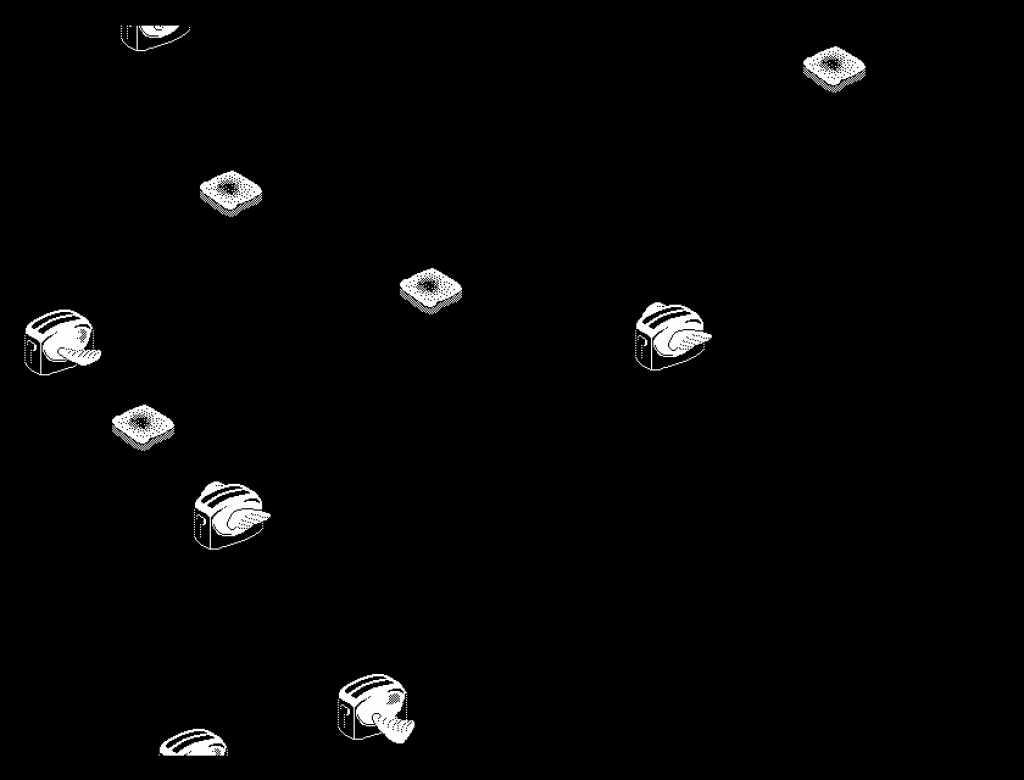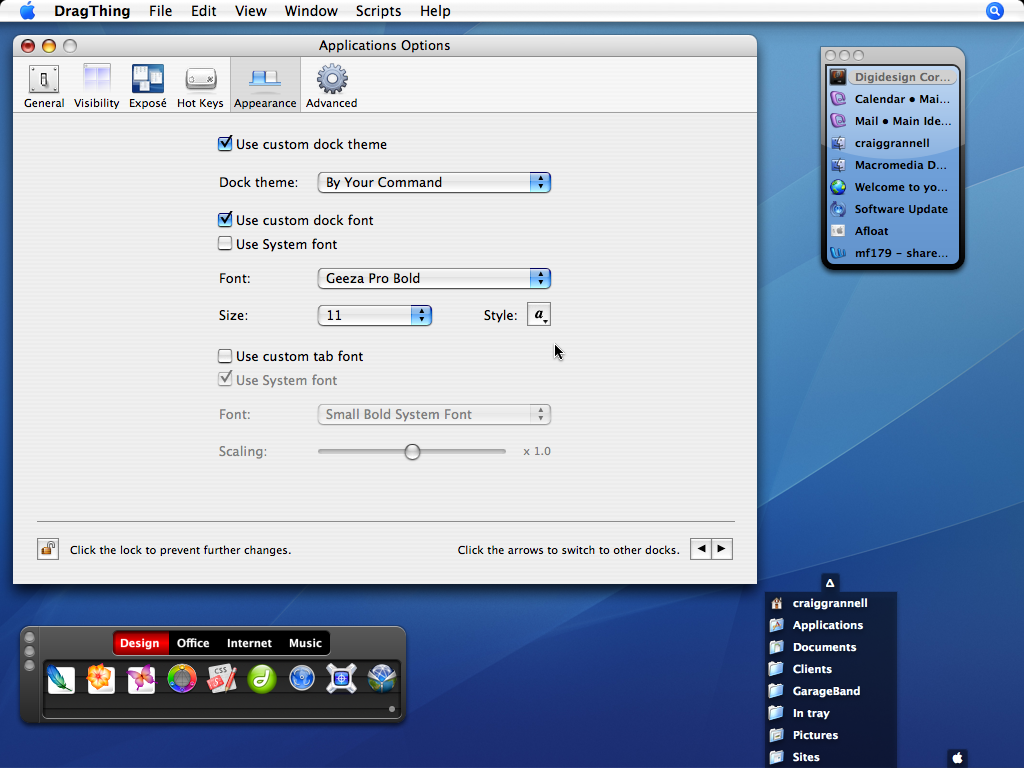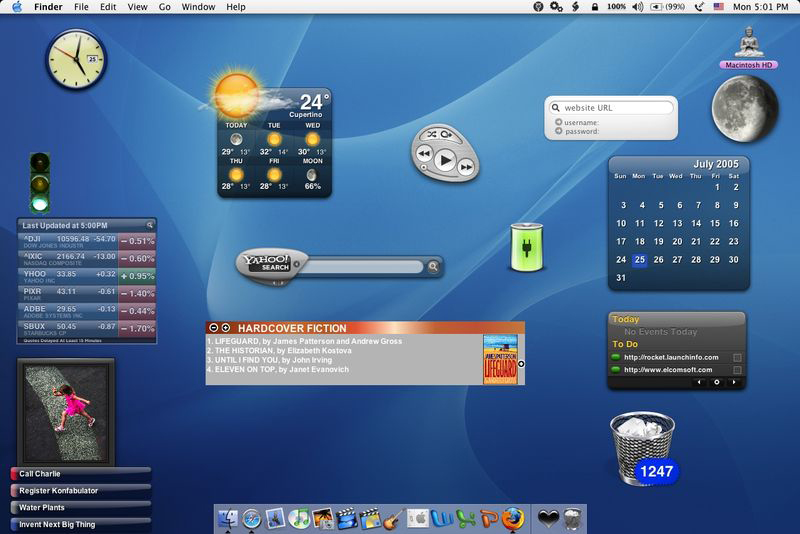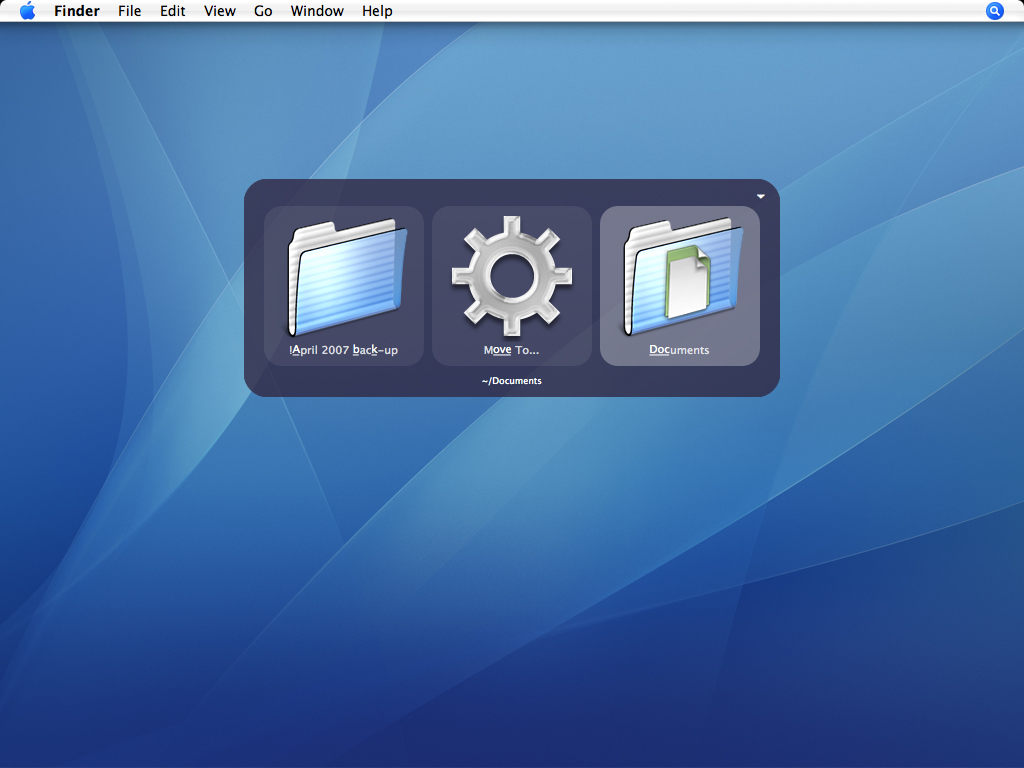
The Mac is 40. But it wouldn’t have lasted 40 months had no apps been there to support it. So as Apple’s mighty creation starts convincing itself life begins this year, we have, fittingly, compiled a list of 40 classic apps that made the Mac.
Instead of solely listing the usual suspects, we’ve covered the range from giants to much-loved indie fare, given that smaller developers were for years the lifeblood of the system. If we’ve missed your favourites, let us know by adding them to a TeachText document, printing them on a LaserWriter, turning them into a paper airplane, and aiming for the letterbox at Stuff HQ.
Toast of the town


After Dark (1989): Flying toasters! Forget today’s Mac screensaver visual frippery – nothing will ever beat these metal flappers in our eyes.
Aperture (2005): Apple’s Final Cut Pro for snaps made photographers coo with its snazzy tools and RAW management. And then made their eyes raw when it was canned.
At Ease (1992): This simplified desktop with massive buttons was designed for kids – and perhaps foreshadowed the iPhone Home Screen.
Audion (1999): Panic’s digital audio player wowed with its features and creative skins – and almost became iTunes.
BBEdit (1992): Originally ‘bare bones’, hence B(are)B(ones)Edit, this app soon rolled in new features to become the Mac’s definitive text editor.
Bryce (1994): If your real-life view sucked, Bryce let you use fractal geometry to fashion gorgeous virtual mountains for everyone to gawp at.
ClarisWorks (1991): Imagine Microsoft Office, but leaner, simpler, and way cheaper. It’d look like this. If it was running on an ancient Mac.
CoverSutra (2007): Helping you move on from shiny discs, this app put virtual CDs on your desktop, and added handy system-wide iTunes controls.
Cyberdog (1996): Prescient, but doomed. This was an internet suite – in 1996. Went to a farm when Steve Jobs returned to Apple and killed OpenDoc.
CyberStudio (1997): Coding HTML? Pfft! This classic Mac app took a very Mac approach to building web pages, using drag and drop.
Dock around the clock


DragThing (1995): App switcher. Launcher. Shortcuts stasher. Much missed. Made obsolete by Apple’s (far more limited) Dock – which, ironically, DragThing’s creator worked on.
Fetch (1989): Created to move files between university computers, Fetch later clicked with web devs – and people who liked its cute dog icon.
FinderPop (1997): This utility gave you a hugely configurable contextual menu, making it a cinch to get to your files and folders.
GraphicConverter (1992): An early app that recognised all formats die. Still going today, supporting an absurd 200+ image formats.
Growl (2004): Funny to think that notifications were once welcomed. Growl let devs hook into its system and Mac users control the alerts they saw.
HyperCard (1987): Virtual card stacks might not sound exciting, but HyperCard was like app dev for the rest of us. Notably, the first Myst even ran in it.
iChat AV (2002): Before Messages, there was iChat AV. Cute speech bubbles. Support for multiple protocols. One of those survived.
iTunes (2001): Yeah, we know. But whatever you think about iTunes, it revolutionised digital music. And didn’t suck at first.
Kai’s Power Goo (1992): Decades before oddball filters let you ruin photos on a phone, this classic Mac app let you turn pics of friends into terrifying caricatures.
Kaleidoscope (1991): When you tired of how dull Mac OS looked, this add-on let you horrify onlookers by applying wacky window themes.
Dashed board


Konfabulator (2003): Like Dashboard, but each widget could sit at a different level and anyone could make one. Dashboard did for it.
LaunchBar (1996): If you could do more inside of Spotlight, rather than it hurling you elsewhere, it’d be like LaunchBar. Probably.
MacPaint (1984): You could only ‘paint’ in black and white, but this gorgeous creation pioneered usable digital art apps.
Nisus Writer (1989): The word processor for those in the know, Nisus rewarded power users with features to streamline smashing words into shape.
OmniWeb (1995): The Maciest of web browsers, levering every Mac OS X feature it could. Crushed by free giants from rivals.
PageMaker (1985): For years the app that cemented Apple’s place in desktop publishing – and probably saved the company from oblivion.
Photoshop (1990): Now so popular its name is used as a verb, this raster editor impressed from the start.
Power64 (1996): The Mac emulation scene always played second fiddle to Windows – but this C64 emulator blazed ahead of rivals in usability terms.
Power Windows (1996): This control panel let you drag windows and still show their contents rather than just a dotted outline. This was amazing in 1996. Seriously.
QuarkXPress (1987): That thing we said about PageMaker? The same, but later. QuarkXPress ruled publishing for years. Mostly on Macs.
Quick and the dead


QuickSilver (2003): Another cracking launcher, which bettered Spotlight by letting you find files – and then do things with them. Extensible too.
QuickTime (1991): Disruptive in its day, Apple’s digital multimedia tech was a boon for filmmakers and gamers alike.
RAM Doubler (1994): When RAM was at a premium, this add-on attempted to squeeze more out of your Mac.
ResEdit (1985): Geeks were thrilled with this tool for hacking resource forks and ‘customising’ apps on their Mac – or, um, someone else’s.
SimpleText (1994): Apple’s beefed up default text editor could even read words aloud in a robotic voice. Which wasn’t at all freaky.
Stickies (1994): System 7’s virtual sticky notes meant you could have them inside the computer, not on it. Which was at least 17% more productive.
Stuffit (1987): In the days before ZIP prevailed, it was all SIT and HQX on the Mac. Which are now a pain to open.
Synergy (2001): Obviously, you’re going to put iTunes controls in the menu bar, right, Apple? Right? Oh, fine. Luckily, Synergy did instead.
Toast (1993): We’re suckers for puns. And let’s face it, Toast is a much better name for a disc burning app than DVD Burner Pro X 1.73.
Watson (2001): “You know my methods, Watson.” So said Apple when Sherlock ‘Sherlocked’ this fab web search app by doing the same thing for free.
Keen to revisit some of these apps? Quite a few of them can be found on Infinite Mac’s virtual computers.






